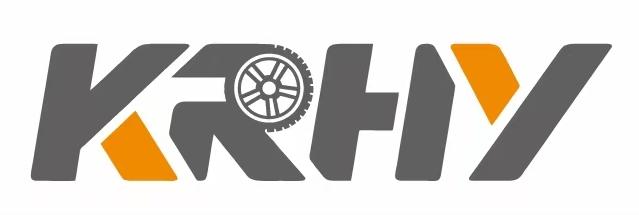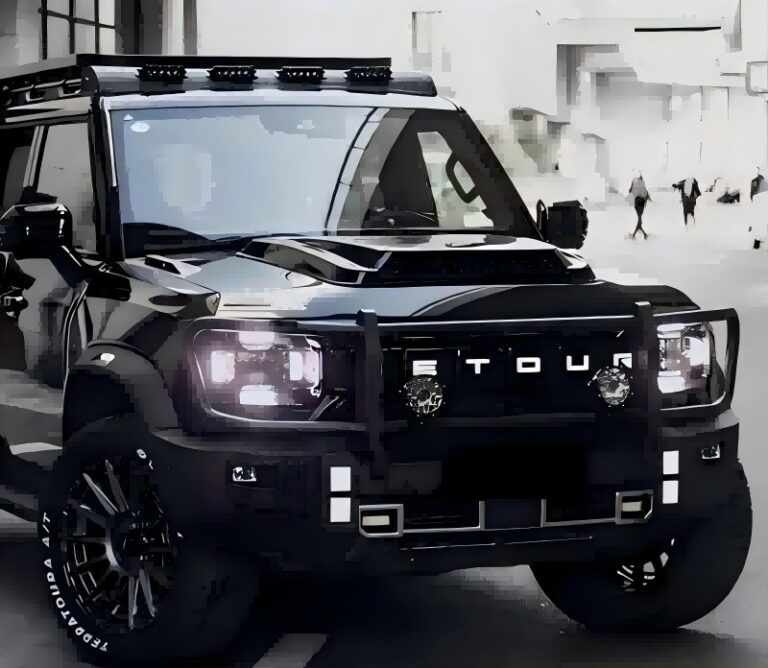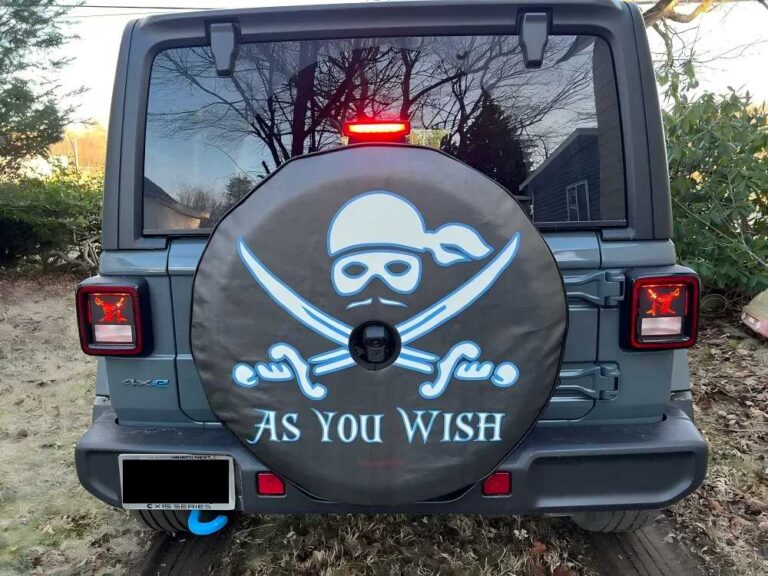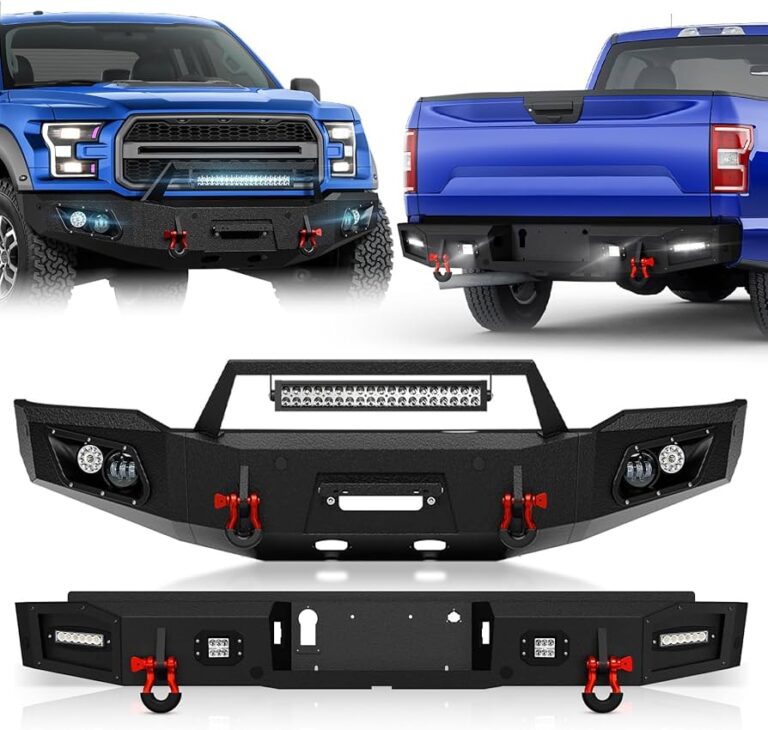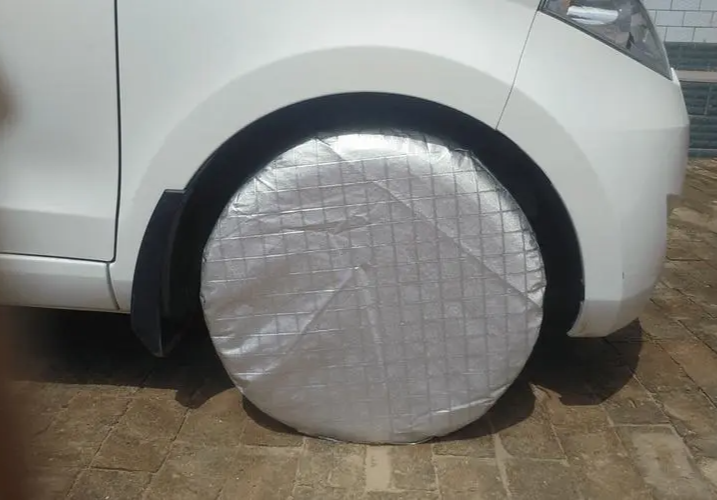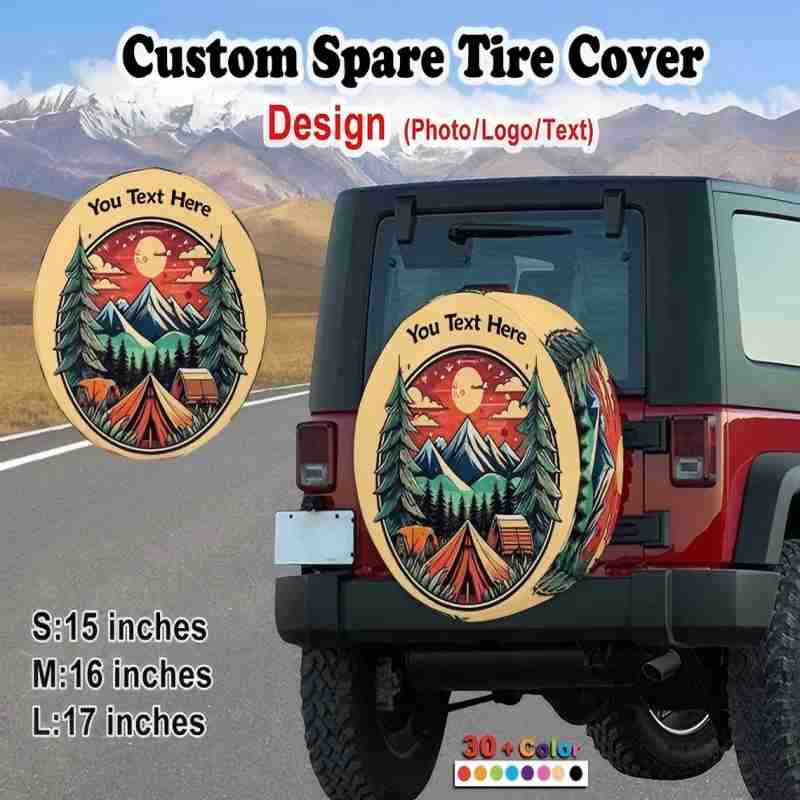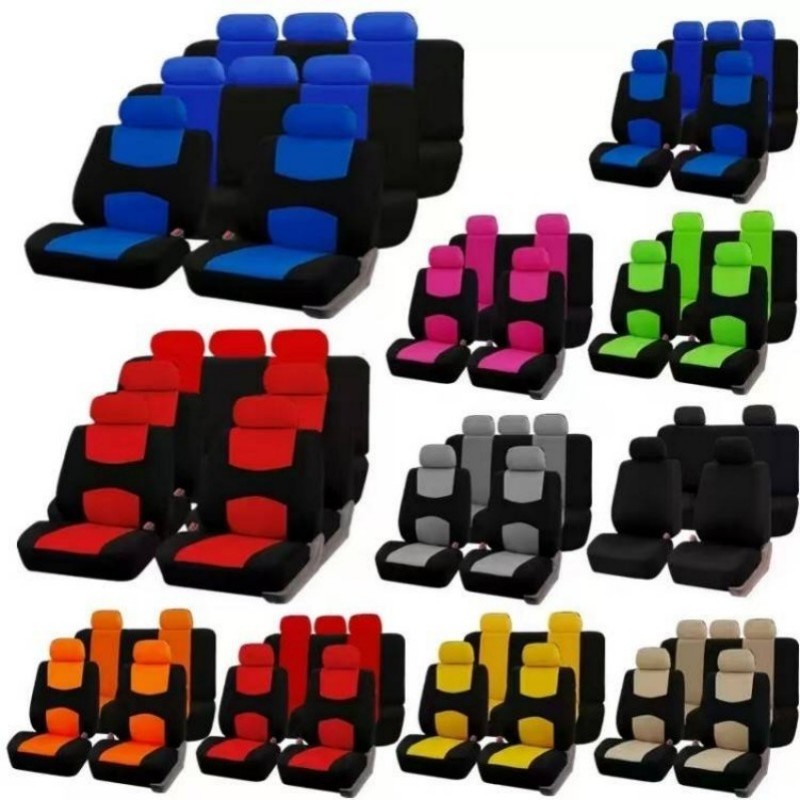-
Xingming Road, Yanyuan, Xingtan, Shunde, Foshan, Guangdong
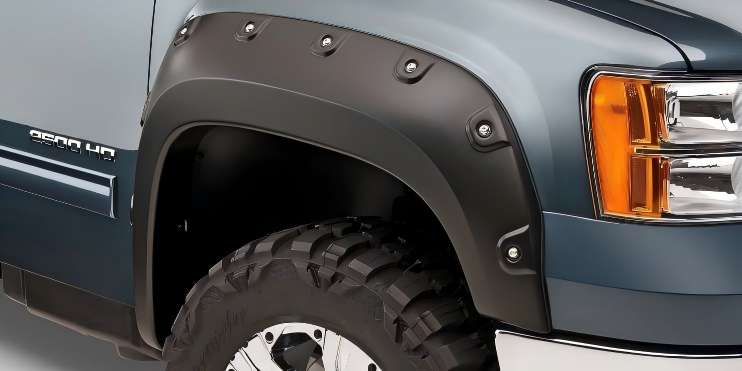
Le guide ultime des ailes et des évasements
10 différences essentielles et un guide complet d'achat
Résumé
Dans le domaine de la modification et de la protection des véhicules, les ailes et les évasements sont deux éléments clés qui sont souvent confondus mais qui ont des fonctions très différentes. Cet article analyse systématiquement les différences essentielles entre ces deux éléments sous 10 angles professionnels, notamment le positionnement de la conception, la portée de la protection, les exigences réglementaires, la technologie des matériaux, la méthode d'installation, l'aérodynamisme, les performances tout-terrain, le potentiel de modification, le rapport coût-efficacité et l'esthétique. Basé sur les normes internationales SAE, les réglementations routières NHTSA et les données de tests tout-terrain réels, il fournit aux propriétaires de voitures un cadre scientifique de prise de décision d'achat pour les aider à faire le meilleur choix en fonction de l'utilisation du véhicule (déplacements urbains/aventure tout-terrain/transport d'affaires) tout en évitant les malentendus courants en matière de modification.
1. Positionnement de la conception : protection originale VS modification étendue
Comparaison des fonctions essentielles
| Caractéristiques | Garde-boue | Flare |
|---|---|---|
| Configuration d'usine | 100% norme originale | 85% modification du marché secondaire |
| Objectif principal | Protection de base contre les éclaboussures | Large couverture des pneus/amélioration du style |
| Intention de conception | Respecter les règles de sécurité | Élargir les fonctions du véhicule |
Données techniques : Les ailes des véhicules modernes doivent passer plus de 200 tests OEM, alors que les évasements ne nécessitent généralement que 30 certifications de base.
2. Gamme de protection : protection complète VS défense précise
Analyse de l'efficacité de la protection
| Type de menace | Taux de protection des garde-boue | Effet d'accentuation des éblouissements |
|---|---|---|
| Petit gravier | 92% | +5% |
| Grande boue | 65% | +30% |
| Pulvérisation latérale d'eau | 88% | +15% |
| Décrochage des pneus | 70% | +40% |
Cas concret : Lors de la course tout-terrain Baja 1000, l'installation d'évasements a permis de réduire les dommages causés à la carrosserie du véhicule de 37%.
3. Exigences réglementaires : normes obligatoires ou espace flexible
Réglementation des grands marchés mondiaux
| Région | Exigences en matière d'ailes | Exigences en matière d'évasement |
|---|---|---|
| ÉTATS-UNIS | FMVSS 108 obligatoire | Extension ≤ 3 pouces |
| L'UE | Certification ECE R78 | Certification TÜV requise |
| Chine | GB 11566-2009 | Pas plus de 15 cm au-delà de la carrosserie du véhicule |
Conseils de conformité : La Californie exige que la projection du pneu soit couverte à 100%, sous peine d'une amende de $175.
4. Évolution des matériaux : le passage de l'acier aux matériaux composites
Comparaison des applications des matériaux
| Matériau | Taux d'utilisation des ailes | Taux d'utilisation des torches | Caractéristiques |
|---|---|---|---|
| Acier galvanisé | 68% | 12% | Coût et poids élevés |
| Plastique ABS | 25% | 55% | Une performance équilibrée en matière de coûts |
| Fibre de carbone | 2% | 28% | Un poids léger de premier choix |
| Fibre de verre | 5% | 15% | Facilité de personnalisation |
Tendance à l'innovation : la nouvelle génération d'évents en matériau TPU de 3M peut être pliée en 200% sans se casser, et se popularise rapidement sur le marché haut de gamme.
5. Méthode d'installation : moulage en une seule pièce VS conception modulaire
Comparaison de la complexité de l'installation
| Projet | Remplacement des ailes | Installation de l'évasement |
|---|---|---|
| Temps de travail moyen | 4,5 heures | 1,5 heure |
| Outils professionnels | 17 types | 6 types |
| Pièces démontées | 8-12 | 2-4 |
Suggestion de bricolage : Les élargisseurs d'ailes à boulonner sont la modification d'entrée de gamme la plus facile à installer, et un novice peut le faire en 2 heures.
6. Aérodynamique : influence du coefficient de traînée
Données d'essais en soufflerie
| Modèle | Valeur de base du Cd | Influence de l'évasement | Influence de l'aile optimisée |
|---|---|---|---|
| Wrangler | 0.45 | +0.03 | -0.01 |
| F-150 | 0.42 | +0.02 | -0.005 |
| Land Cruiser | 0.44 | +0.025 | -0.008 |
Solution technique : Certaines fusées haut de gamme sont dotées d'ailettes de guidage intégrées qui permettent de limiter l'augmentation de la résistance au vent à moins de 1%.
7. Performances hors route : variables clés de la franchissabilité
Comparaison de l'adaptation au terrain
| Terrain | Performance des garde-boue | Effet d'évasement |
|---|---|---|
| Le rocher | Facile à rayer | Taux de protection +25% |
| Boue | Facile à accumuler | Efficacité de l'élimination de la boue +40% |
| Désert | Erosion éolienne évidente | Effet anti-sable +35% |
Conseils de modification : Les professionnels du tout-terrain recommandent de choisir un évasement plus large de 15-20% que le pneu et de l'utiliser avec un garde-boue intérieur.
8. Le potentiel de modification : une étape pour l'expression personnalisée
Options de personnalisation
| Orientation de la personnalisation | Restrictions concernant les ailes | Possibilités d'évasement |
|---|---|---|
| Couleur | 3-5 couleurs originales | Personnalisation RVB illimitée |
| Style | Inchangeable | Corps large/tortue/creux |
| Extension de la fonction | Aucun | Possibilité d'intégrer une barre lumineuse/caméra |
Données de la communauté : Le forum Jeep montre que 87% des voitures profondément modifiées utilisent des fusées éclairantes personnalisées.
9. Rapport coût-efficacité : investissement à court terme et valeur à long terme
Analyse du coût de possession sur 5 ans
| Projet | Aile d'origine | Flare de haute qualité |
|---|---|---|
| Coût initial | $200-500 | $400-1200 |
| Coût de la maintenance | $50/an | $80/an |
| Impact de la préservation de la valeur | +5% | +8-12% |
| Coût de l'assurance | Inchangé | Augmentation du mois de mai par 10% |
Conclusion actuarielle : La période de retour sur investissement pour la modification de la torche est d'environ 3 ans (en tenant compte de la préservation de la valeur et de l'amélioration fonctionnelle).
10. Esthétique visuelle : praticité discrète VS personnalité audacieuse
Comparaison des langages de conception
| Éléments de style | Caractéristiques de Fender | Caractéristiques de Flare |
|---|---|---|
| Lignes | Lisse et caché | Bords tranchants |
| Surface | Peint dans la même couleur | Mat/texture |
| Volume | Présence affaiblie | Muscles accentués |
Enquête auprès des consommateurs : 73% des utilisateurs urbains préfèrent les garde-boue, tandis que 89% des amateurs de tout-terrain choisissent les élargisseurs d'ailes.
Guide d'achat ultime
- Les citadins : Conserver l'aile d'origine + le film de protection PPF
- Tout-terrain léger : Optez pour des élargisseurs d'ailes flexibles de 2 pouces
- Escaladeurs : Les incontournables évasements de carrosserie en acier
- Le style d'abord : Fusées creuses imprimées en 3D sur mesure
- Véhicules utilitaires : Ailes renforcées + évasements pratiques
Conseil professionnel : La meilleure solution est une combinaison de "protection du corps de l'aile + couverture de l'extension de l'évasement", qui non seulement répond aux exigences réglementaires mais assure également une protection maximale. Les produits de marques professionnelles telles que Bushwacker et ARB ont été rigoureusement testés et constituent un choix fiable.
Mots clés : ailes, évasements, modification tout-terrain, conformité réglementaire, aérodynamique, science des matériaux, guide d'installation, analyse des coûts, personnalisation, protection du véhicule.
